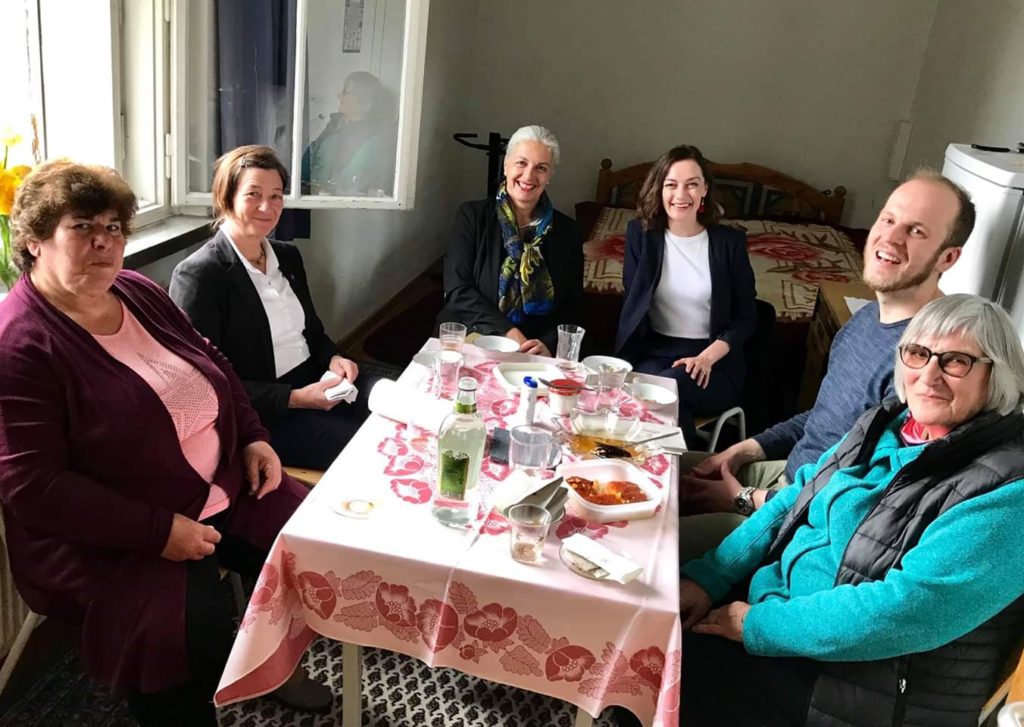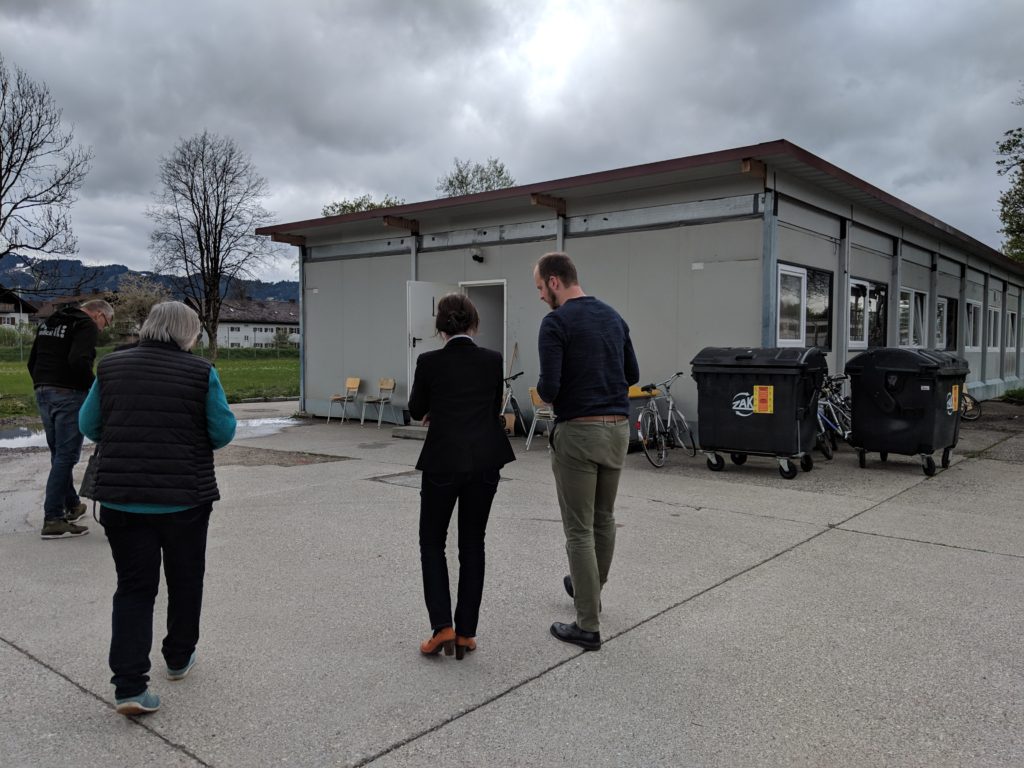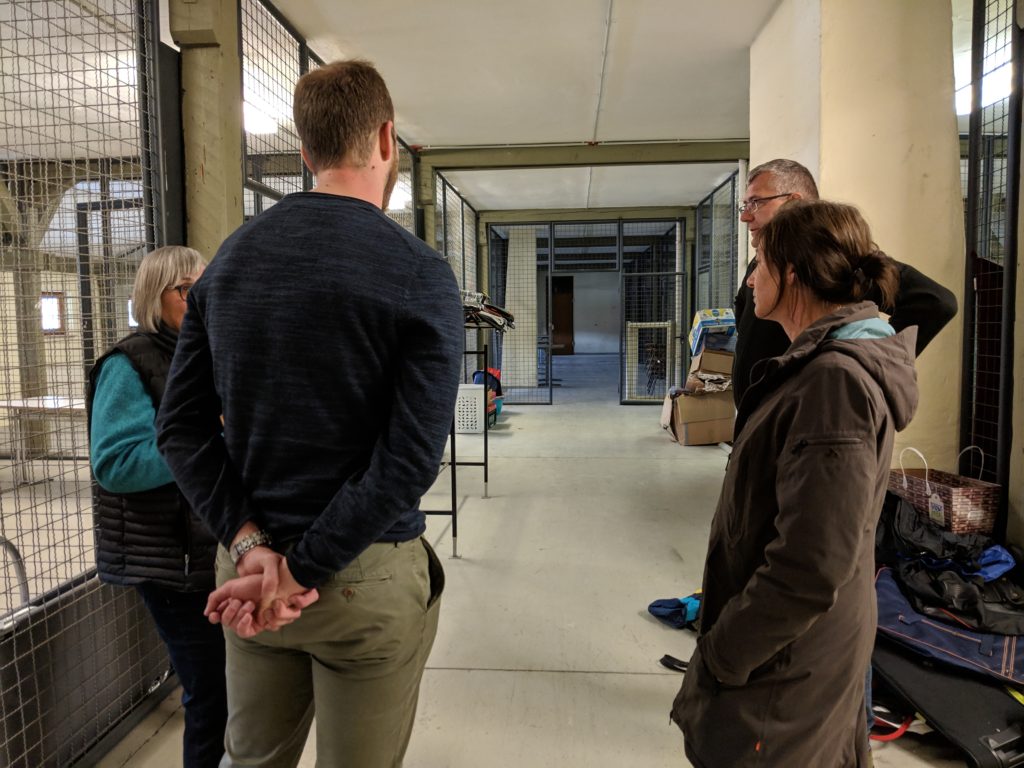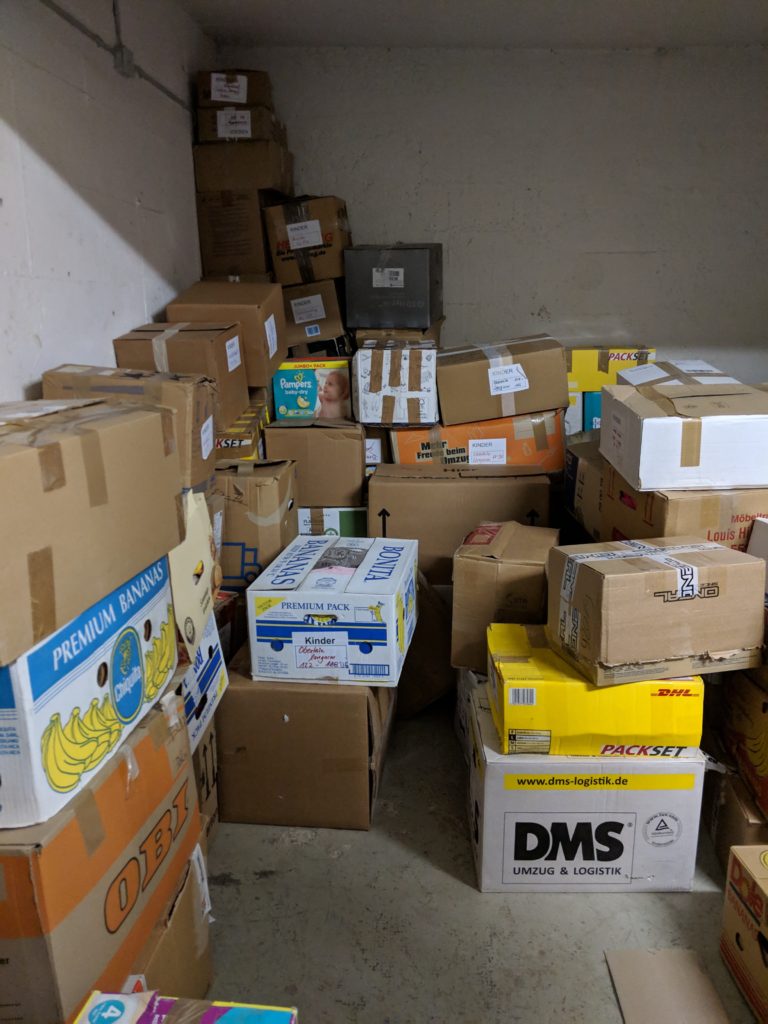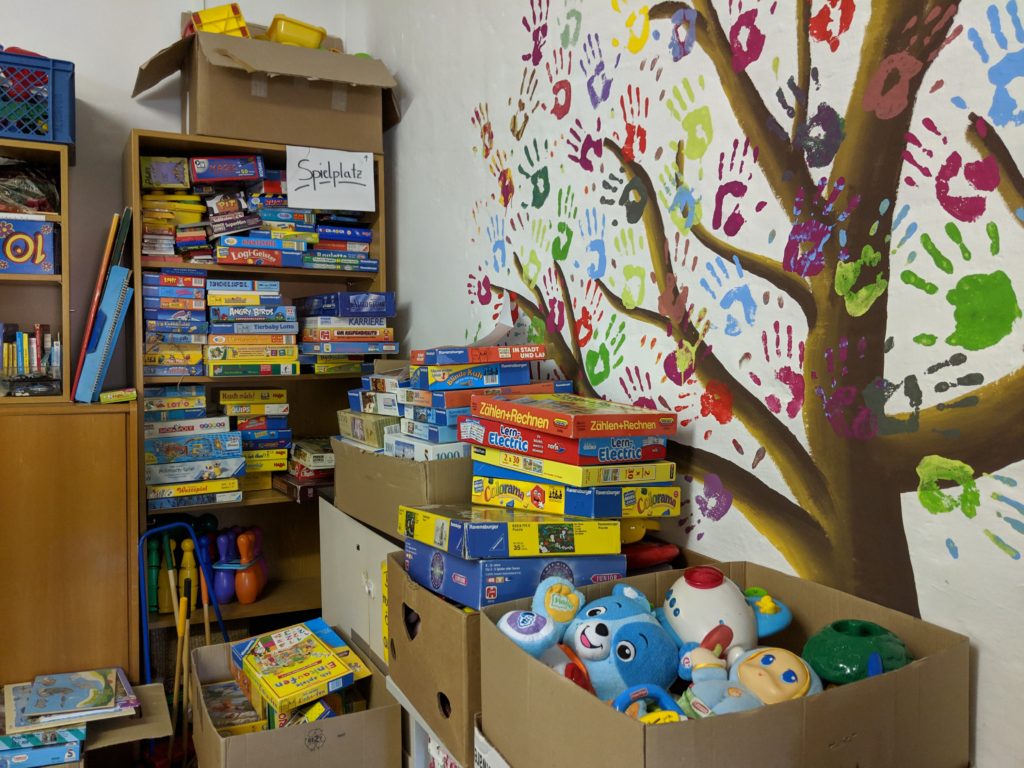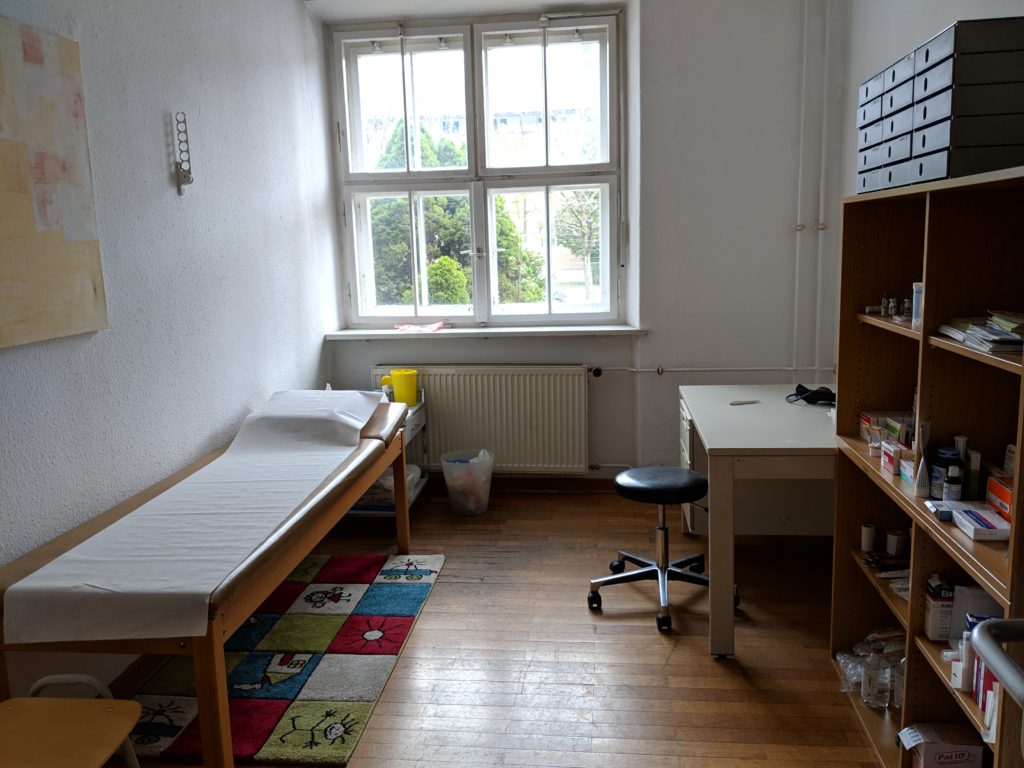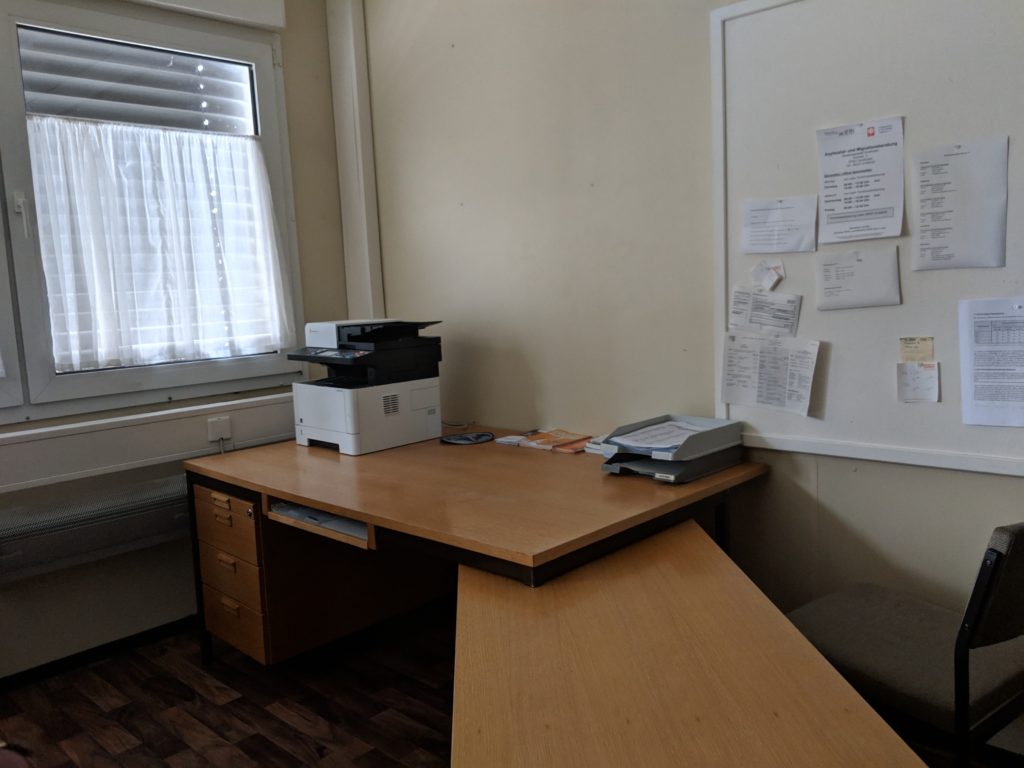
Lofoten depends on its fisheries for its livelihood. Ever since the Viking Age, the chain of islands has played an important role in fishing for Norwegian Arctic cod which spawn in their millions during the Winter months. Even today, the industry follows an ancient preservation technique which involves gutting, heading and cleaning the fish, tying them together in pairs by the tail and hanging them up to dry naturally on wooden racks for about 3 months.

The historical significance of the cod extends far beyond Lofoten. Since the 11th Century it was the cod that gave Norway the power and money necessary to establish the church, an administration, monarchy and government, and eventually their own parliament. It is said that the most important weapon of the Vikings was the cod, which not only served as a commodity but also a nutritious food with no expiry date that made it possible to survive on long voyages.
The picturesque, rural municipality of Flakstad was built on fishing and it continues to be the main employer. The region is also rapidly becoming a popular destination for tourists attracted to the northern aurora lights, outdoor activities and spectacular scenery.
The trouble is there’s not enough people to do the jobs. Most of the work available is lower level factory or trade-related work. But as society has developed, Norwegian people are no longer interested in these jobs. It’s a vicious circle – with few professional jobs available, educated young people see no alternative but to move to the mainland. This stops new jobs from being created and also leads to a declining population. In the year 2000, Flakstad had around 1500 inhabitants spread across 20 villages, but now there’s only 1292.
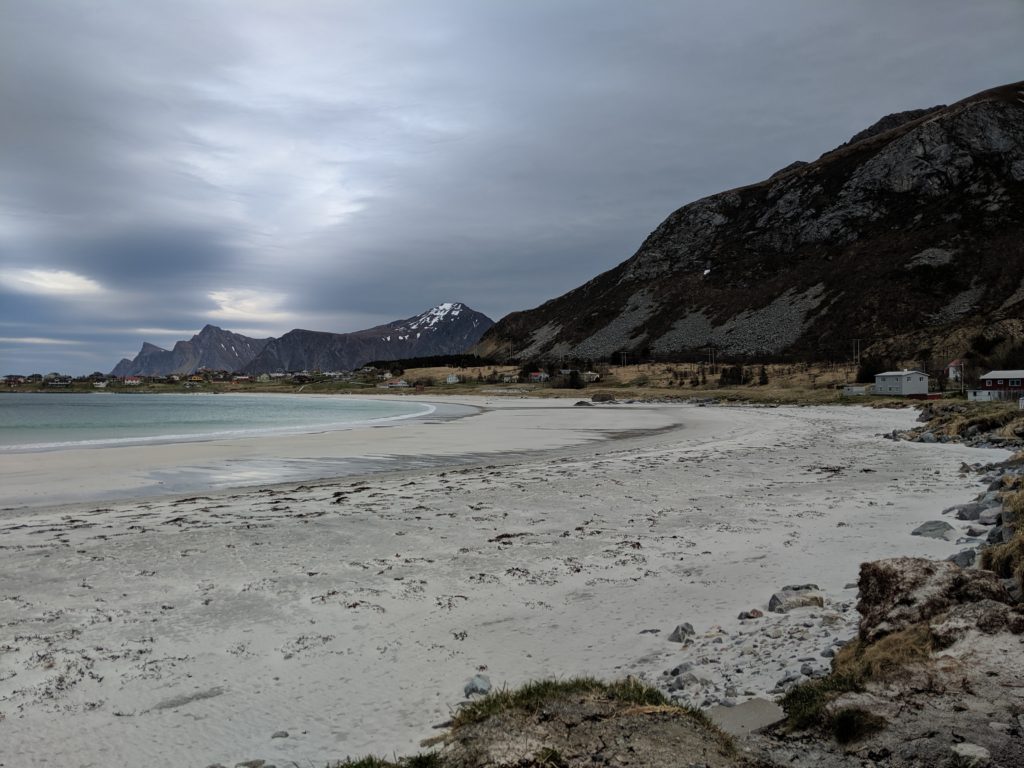
Bringing in seasonal workers from Eastern Europe has offered a short-term fix. Temporary workers, mostly from Poland and Lithuania, are flown in by recruitment agencies for 3-4 months at a time. But the local community wants them to stay. With only 90 children in the primary and secondary school they are struggling to stay afloat. The shrinking tax base is compromising the local economy. And the employers need a reliable workforce that they can depend upon.
Part of the challenge is the seasonality of the work, which means employers can only guarantee employment for a short part of the year. So some of the companies came up with the idea that the fishery and tourism-related businesses could get together alongside other businesses to map out a year’s worth of work which could be offered to workers who are interested to stay.
And this turned into the immigrant retention project “From Seasonal Worker to Flakstad Inhabitants”. They started by speaking with the seasonal workers to understand their experiences. Seasonal workers who start at a company involved with the project in Flakstad now complete a questionnaire with detailed information about their prior work experience, skills and personal motivations. Ultimately, the goal is to offer each person – and their spouse – meaningful work year-long.

Hilde Rødås Johnsen, SALT Consultancy
This confirmed there was interest to stay, but that it wasn’t just jobs that was stopping people. “The society has a bigger problem recruiting people than the industry does”, Hilde Rødås Johnsen told me. She works for SALT, a consultancy working with the municipal government on the project. “We found out that an important factor for people to want to make a life in Flakstad and bring their family to join them is feeling part of the community”. And at the moment they are very much on the outside. As a seasonal worker there is little opportunity to learn the Norwegian language or join any social and community activities.
The findings have been incorporated as a key part of Flakstad Municipality’s 2019-2031 Community Plan. While the need started with stable employment, the focus is now just as much on how to make sure people feel included in the community. This has spurred on a number of smaller projects such as ‘The Meeting Place’, initiated by the municipality. A new space where amongst other activities, locals and immigrants can meet to get to know each other. It’s a smart idea. Start with the newcomers already in the community and focus on keeping them. And what better way to do this than by asking the newcomers themselves.
While the project is in its early days, if early progress is any indication, immigrants might just be the answer to keeping Norway’s treasured cod fishing industry alive.

